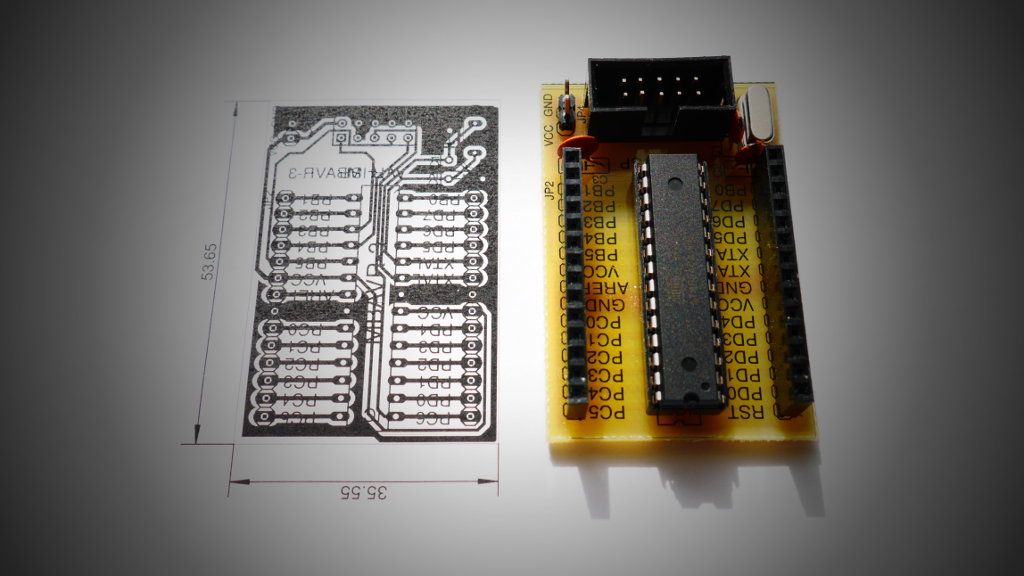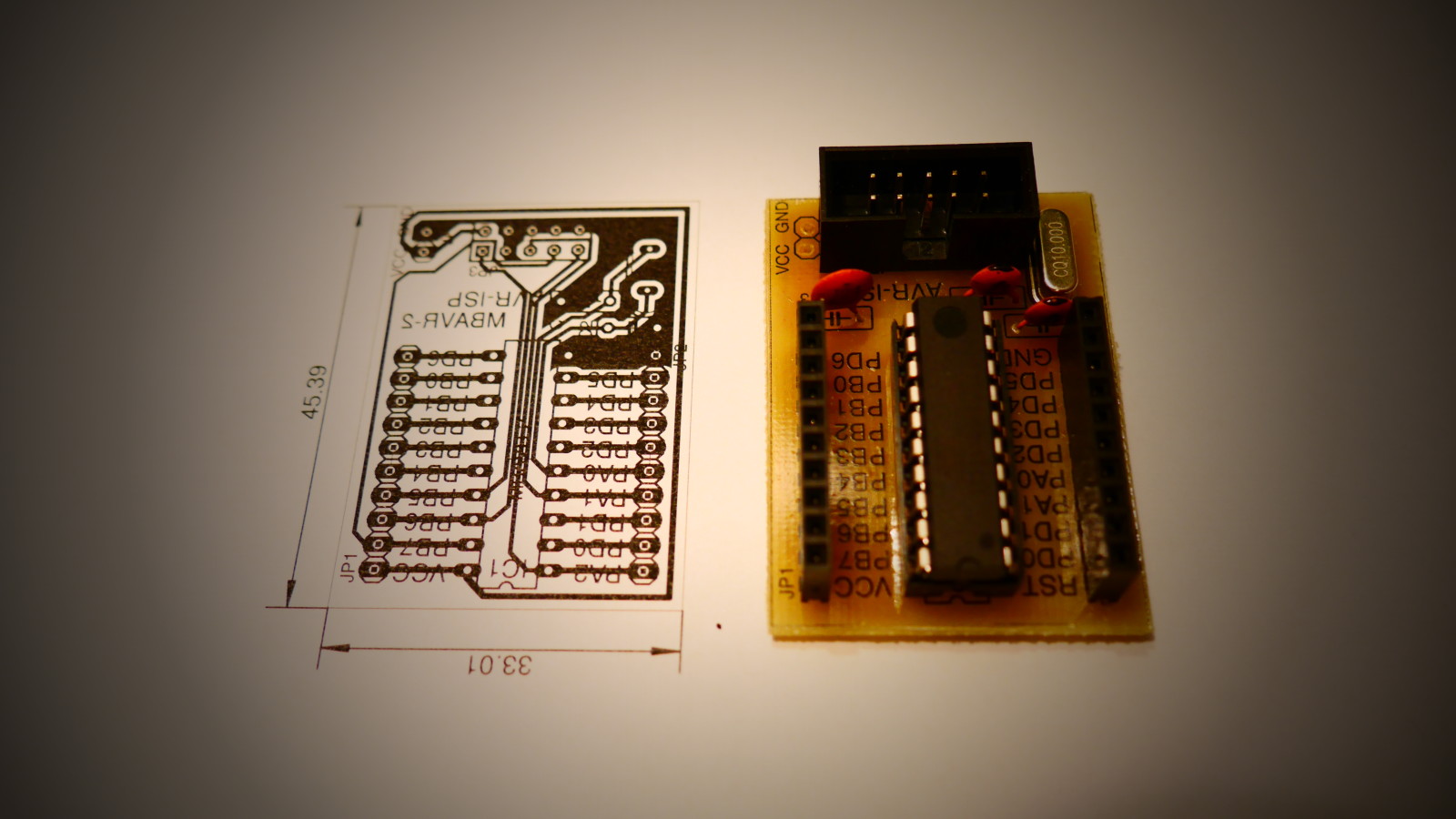[MBAVR-3] Minimalist development board for ATmega8/ATmega88/ATmega168/ATmega328
This is another quick how-to guide of making a minimalist development board for AVR. This time is about MBAVR-3 development board designed for megaAVR MCUs like ATmega8, ATmega88, ATmega168 or ATmega328. It is a 3rd project in series of MBAVR familly home-made boards in order to create an nice environment for rapid development. I did … Read more

